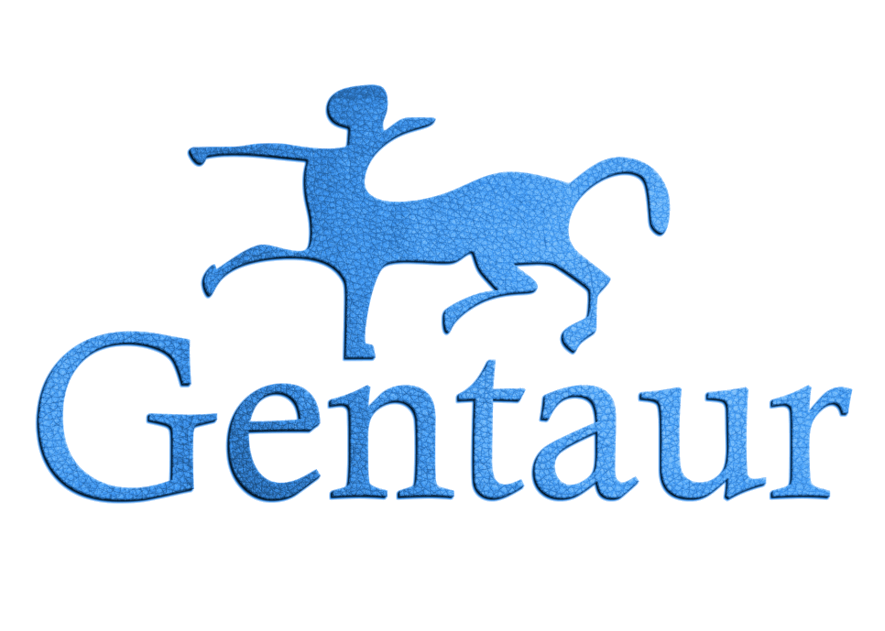Phospho-Abl1/2 (Y393/439) Polyclonal Antibody-100ul
#
-
Catalog numberBT-PHS00004-100
-
Price:Ask for price
-
Size100ul
-
-
Species ReactivityHuman, mouse
-
ApplicationWB,IHC-p,IF,ELISA
-
SwissprotP00519/P42684
-
GeneID25/27
-
Concentration1 mg/ml
-
ImmunogenSynthesized peptide derived from the Internal region of human Caspase-3 p17.
-
ConstituentLiquid in PBS containing 50% glycerol, 0.5% BSA and 0.02% sodium azide.
-
SourceRabbit
-
PropertiesIf you buy Antibodies supplied by BT-Laboratory they should be stored frozen at - 24°C for long term storage and for short term at + 5°C.
-
GroupPolyclonals and antibodies
-
AboutPolyclonals can be used for Western blot, immunohistochemistry on frozen slices or parrafin fixed tissues. The advantage is that there are more epitopes available in a polyclonal antiserum to detect the proteins than in monoclonal sera.
-
French translationanticorps
-
Gene target
-
Short namePhospho-Abl1/2 (Y393/439) Polyclonal Antibody-100ul
-
TechniquePolyclonal, Antibody, antibodies against human proteins, antibodies for, Polyclonal antibodies (pAbs) are mostly rabbit or goat antibodies that are secreted by different B cells, whereas monoclonal antibodies come from a single N cell lineage. Pabs are a collection of immunoglobulin molecules that react against a specific antigen, each identifying a different epitope.
-
Alternative namephosphorilated-c-abl oncogene 1, non-receptor tyrosine kinase/2 (Y393/439) polyclonal (antibody to-)-100ul
-
Alternative techniquepolyclonals, antibodies
-
Alternative to gene targetc-abl oncogene 1, non-receptor tyrosine kinase, ABL and bcr/abl and c-ABL and c-ABL1 and JTK7 and p150 and v-abl, ABL1 and IDBG-89599 and ENSG00000097007 and 25, transferase activity, nuclei, Abl1 and IDBG-158216 and ENSMUSG00000026842 and 11350, ABL1 and IDBG-639939 and ENSBTAG00000017976 and 540876
-
MeSH Data
-
Name
-
ConceptScope note: Identification of proteins or peptides that have been electrophoretically separated by blot transferring from the electrophoresis gel to strips of nitrocellulose paper, followed by labeling with antibody probes.
-
Tree numbers
- E05.196.401.143
- E05.301.300.096
- E05.478.566.320.200
- E05.601.262
- E05.601.470.320.200
-
Qualifiersethics, trends, veterinary, history, classification, economics, instrumentation, methods, standards, statistics & numerical data

